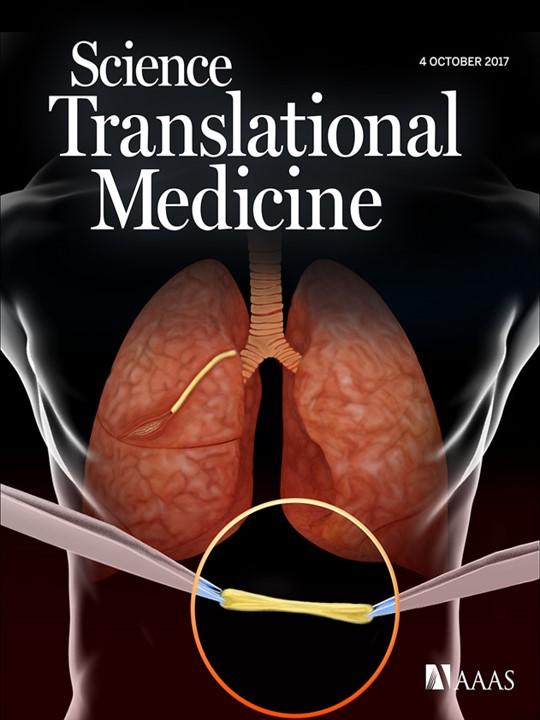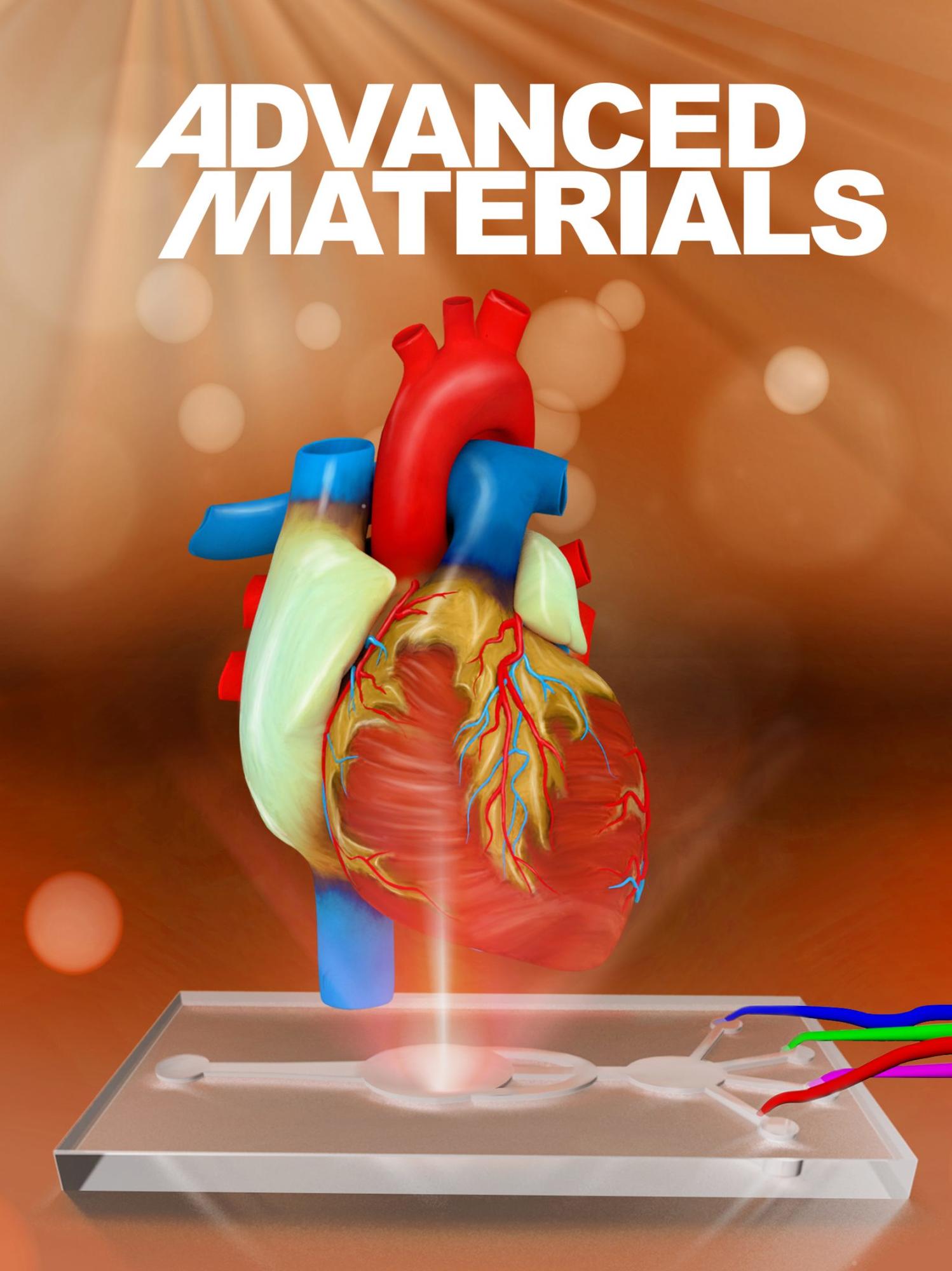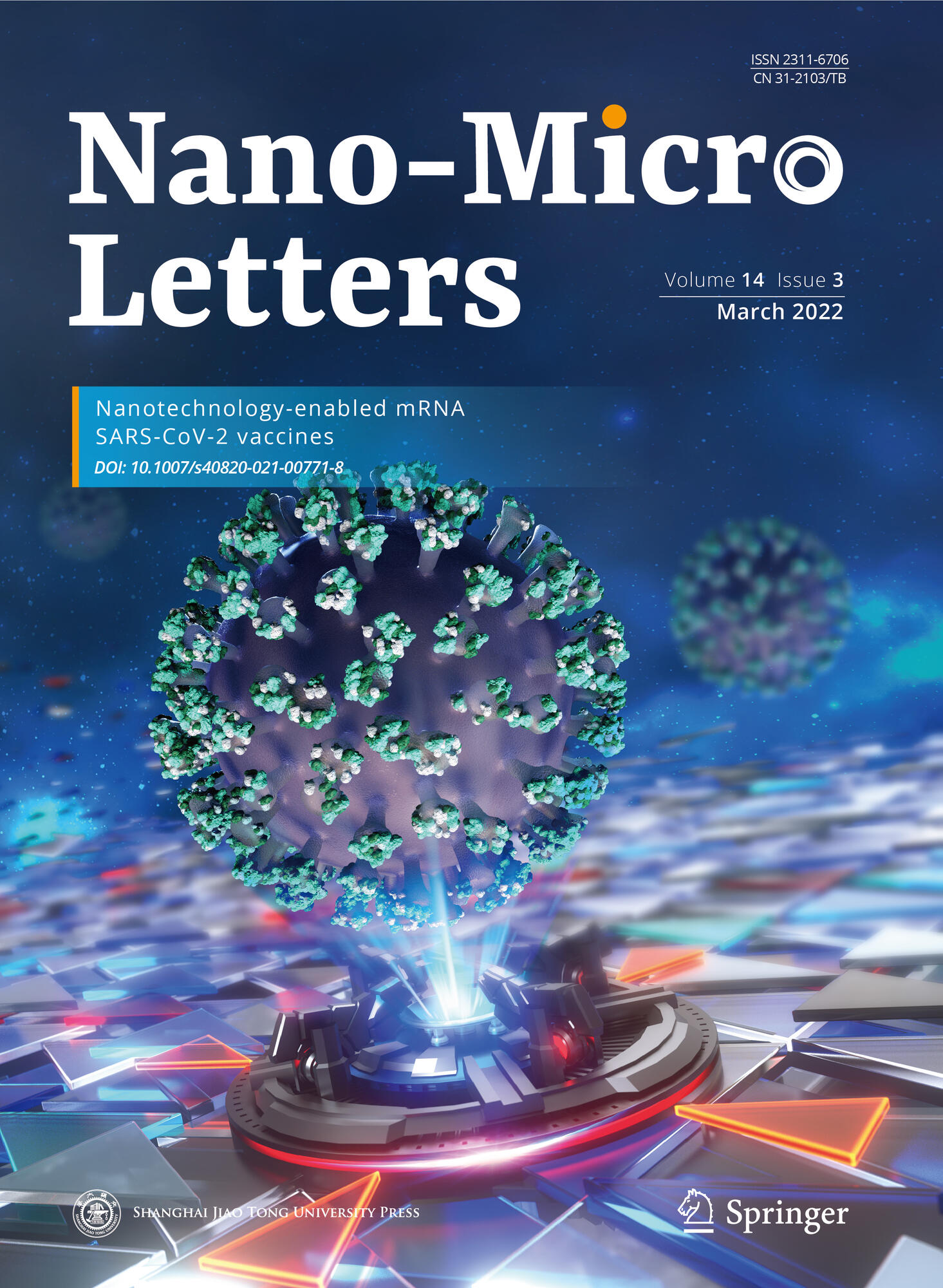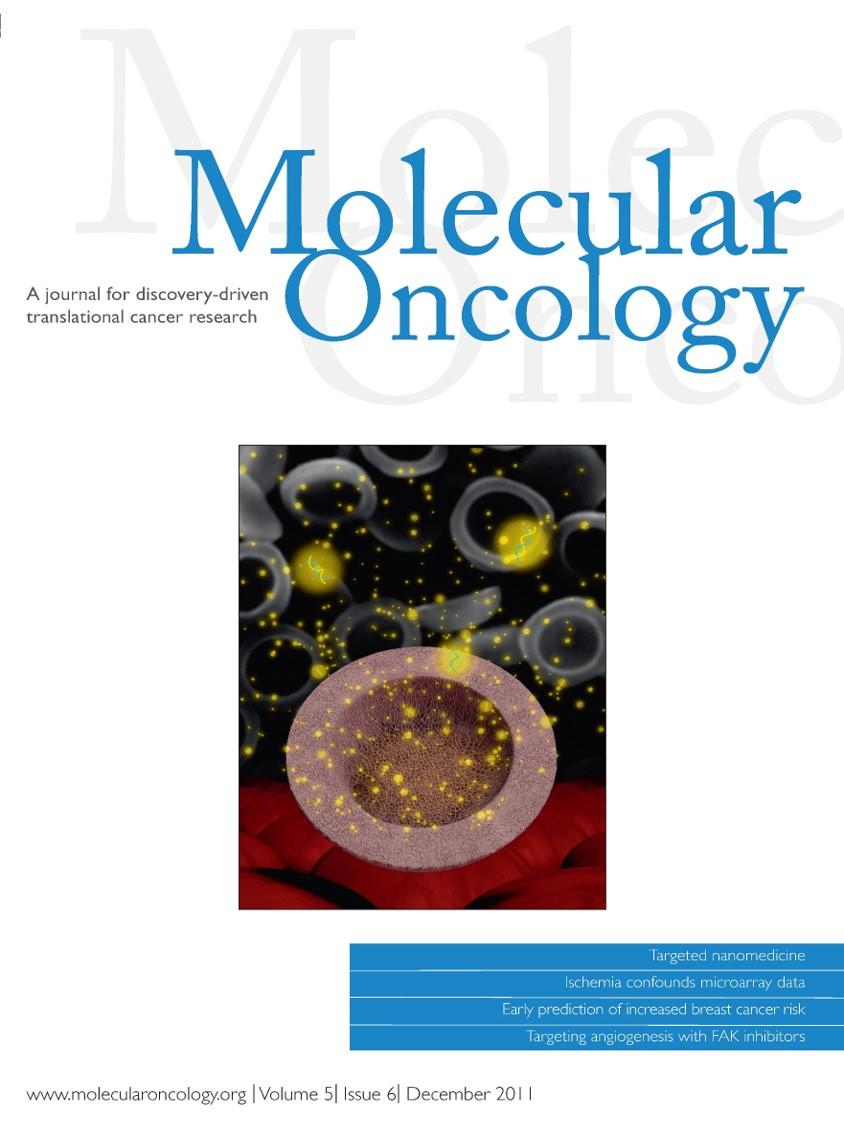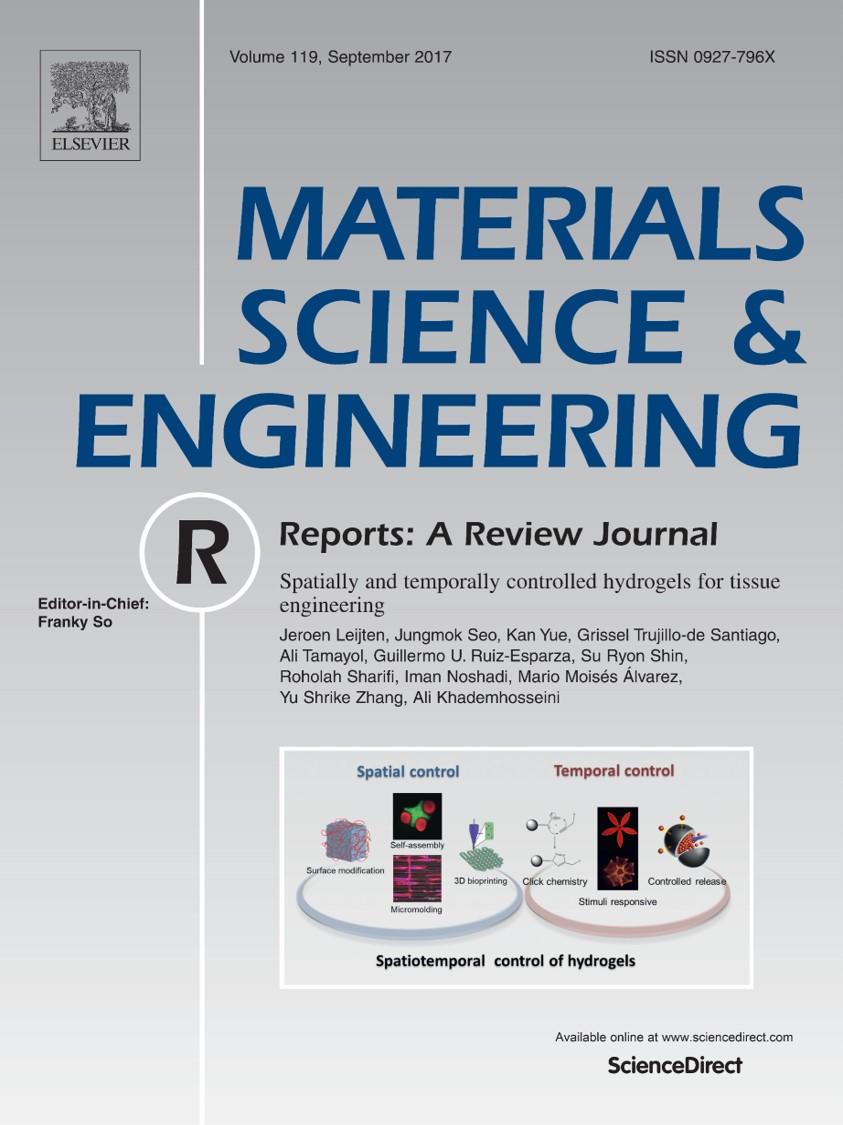
Abstract:
A well-known ceramic material, hexagonal boron nitride (h-BN) has a number of unique properties, including structural and porosity features, that make it suitable for a wide range of industrial applications. Hierarchical porosity and high specific surface area are desirable properties for adsorption processes such as water and air cleaning, hydrogen storage and drug delivery. These characteristics could be controlled and optimized by synthesis procedures, however this process requires an understanding of the factors and mechanisms of nanocrystalline h-BN porosity development and textural properties. In this study we demonstrate that hierarchical porosity displays evidence of the consecutive h-BN synthesis steps and thermal decomposition of intermediants. In addition, evidence shows that h-BN nanosheets can be folded as a result of Van der Waals forces interactions at elevated temperatures, which is corroborated by a computational modeling. Biocompatibility of the prepared h-BN was also evaluated to confirm the non-toxicity of the material.The results of this research could aid in the optimization and scaling up of an environmentally friendly h-BN synthesis process, and assist in the development of new methods for the production of h-BN at a commercial level.


